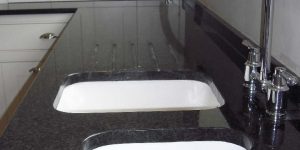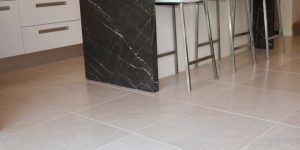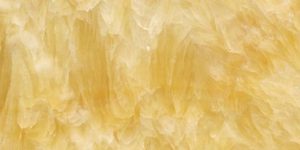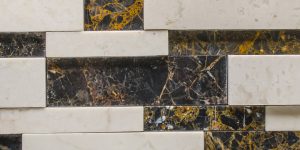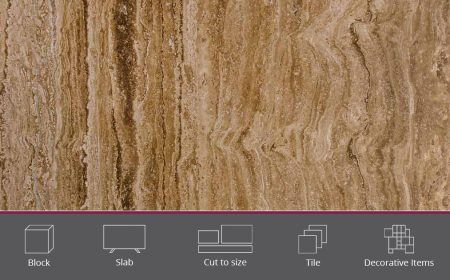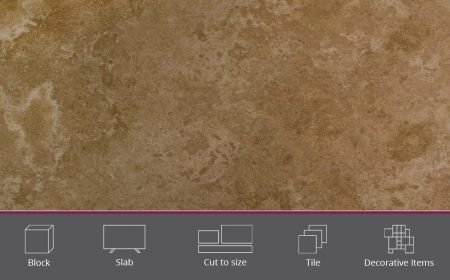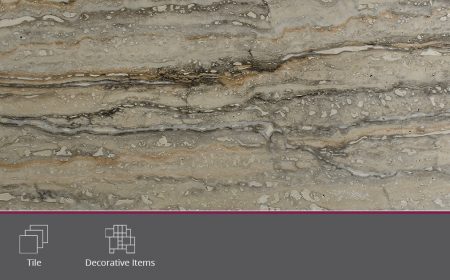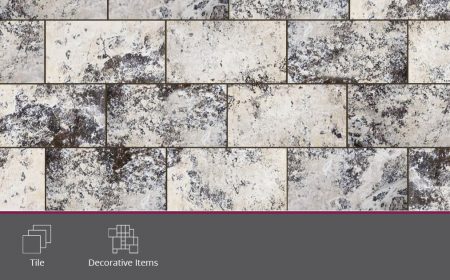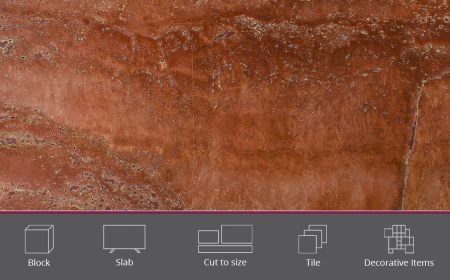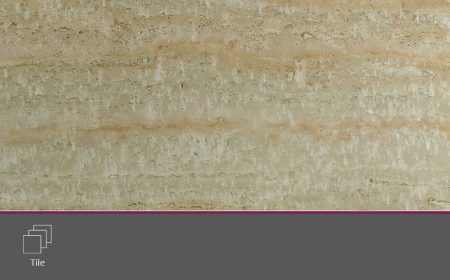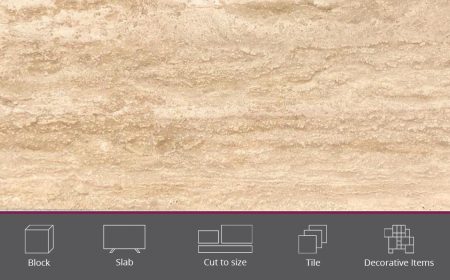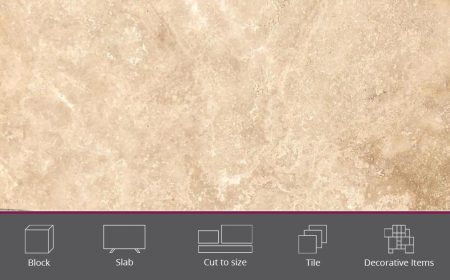Travertine is one of the oldest buildings material on the earth. It has been used in the construction of the oldest iconic buildings – like the Colosseum in Rome, the Basilique du Sacre Coeur in Paris, and the ancient theater of Hierapolis in Turkey. It’s perfect to be used in a minimalist, modern project because of its texture and pattern that adds visual interest to it. it was and continues to be one of the most used natural stones in the field of interior and exterior design.
Travertine
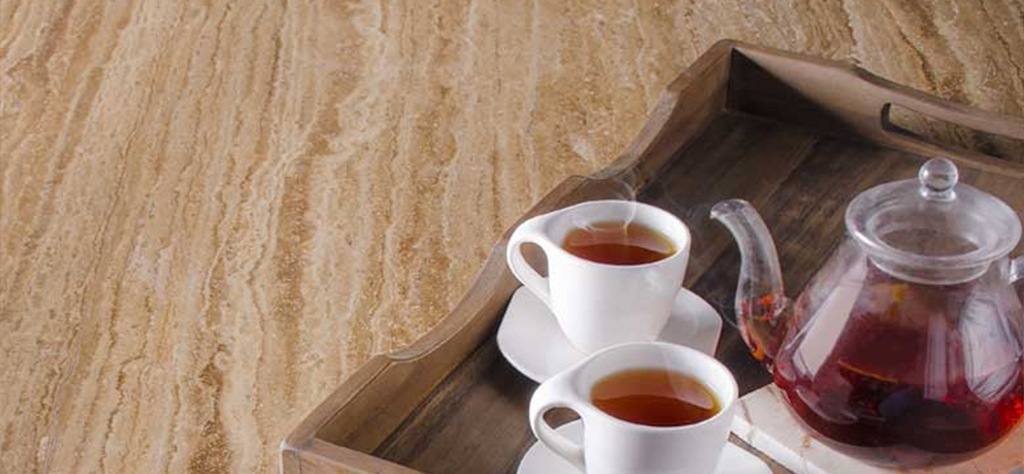
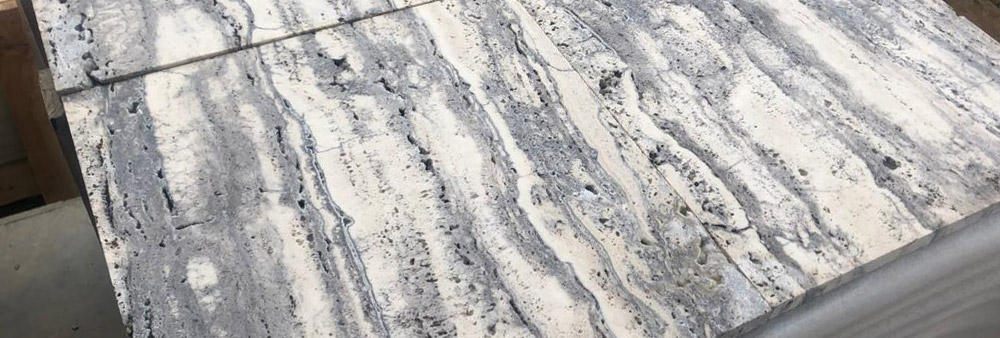
Most commonly, travertine tiles are used indoors for bathroom flooring, but they can also be used in kitchens, outdoor spaces, and to decorate walls, ceilings, and countertops. Before being polished and honed, the tile provides a high friction surface suitable for use outside to prevent slipping. At Vino Marble products are available in a wide variety of colors and shades, a very important feature of it being the chromatic uniformity.
Vino Marble offers a wide range of Travertine products for your residential, commercial and other applications. Explore our different types of Travertine below and visit our gallery for more products photos
Products
FAQ
What colors does travertine come in?
Travertine comes in many different natural colors including beige, brown, gray, and gold. There may also be slight undertones of green, red, and rust, depending on the origin of the stone and the minerals inherent in the specific selection. The color of travertine is the result of iron compounds and other organic impurities.
Why should I use Travertine Pavers vs. other paving materials?
Tumbled Travertine Pavers are one of the best materials to use around a pool deck, patio, driveway, or walkway. Their tumbled, porous surface instantly absorbs water, leaving the surface of the deck practically non-slip. Travertine Pavers also stay cool to the touch. The same can’t be said about other paving materials such as brick pavers, or concrete. The lifespan of a Travertine Paver is incomparable to other manmade materials – travertine can last centuries, while other paving materials crack and deteriorate over time.
IS TRAVERTINE SLIPPERY WHEN WET?
Yes and no. Yes, your ordinary tumbled travertine pavers can get very slippery when wet and are not recommended to be used around a pool. On the other hand, you have “B” grade travertines which are more porous. As such, they absorb more water. This makes the travertine less slippery.
How durable is Travertine Tile?
Travertine has been counted on for centuries by cultures across the globe to last as flooring, wall tile, and other surfaces. Although travertine is susceptible to acidic substances and metal abrasion, it remains to be a surface to be counted on to look great for years, given that a cleaning
How can I clean Travertine?
Every once in a while you may need to clean your Travertine, especially if it’s in a high traffic area or laid outside near a tree. Several companies make great, affordable cleaners for Travertine which can easily be applied with a mop. For a heavy duty clean, you may need to make a more concentrated mixture.




